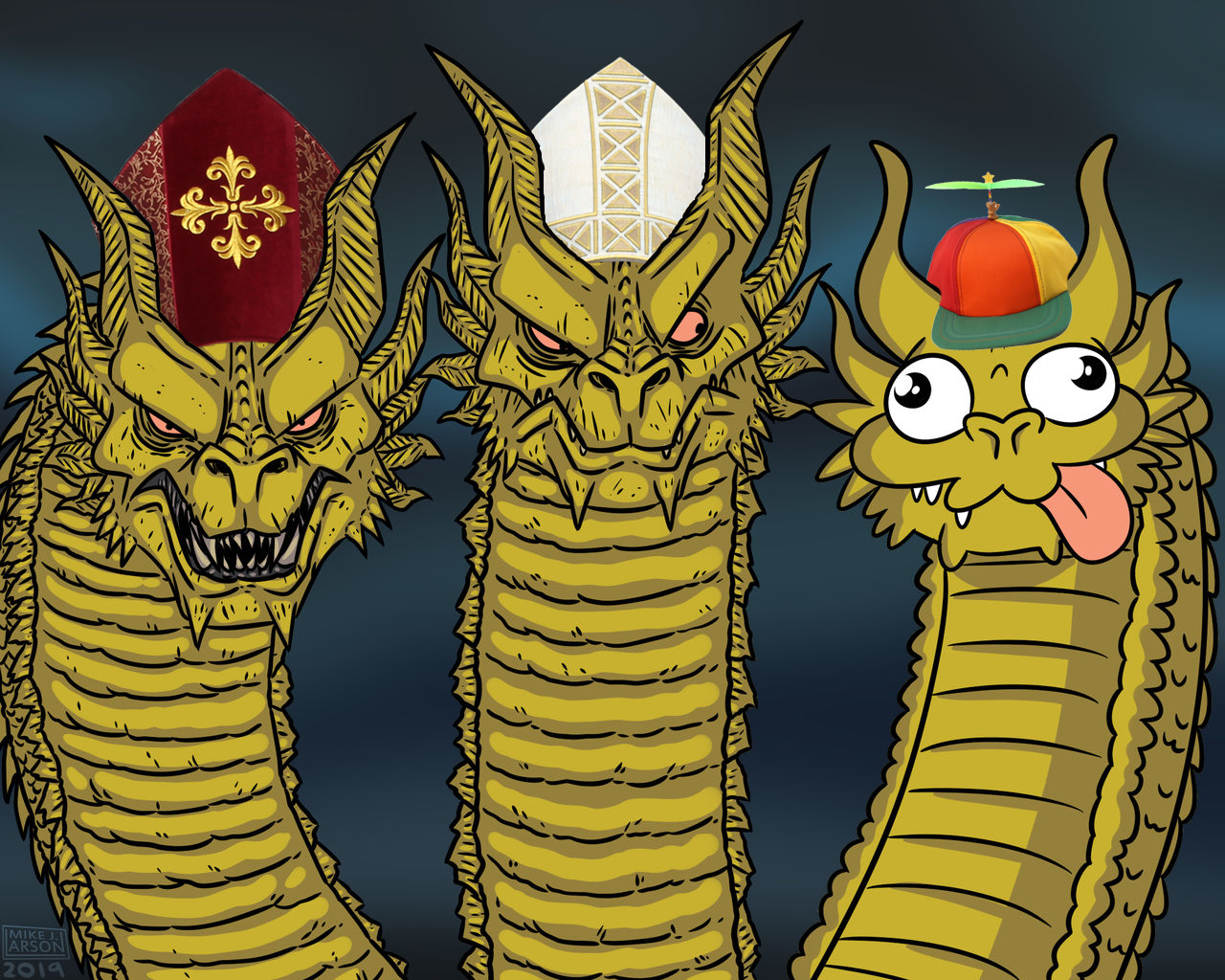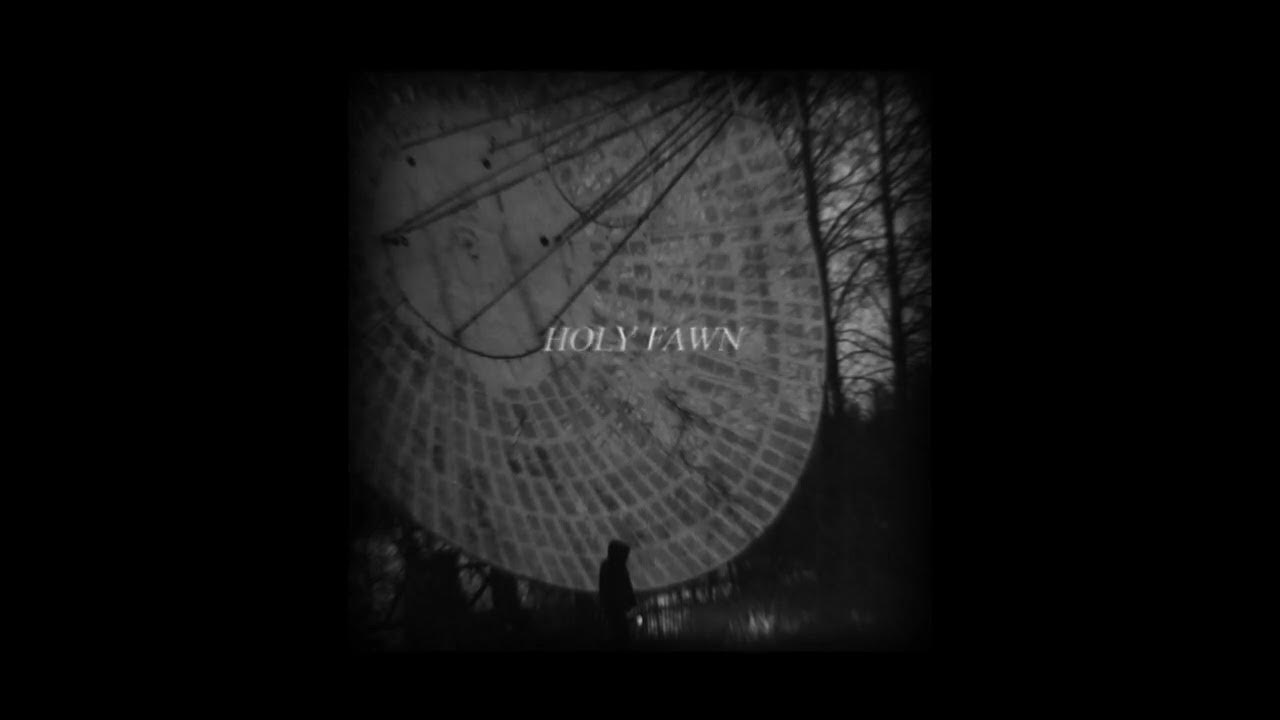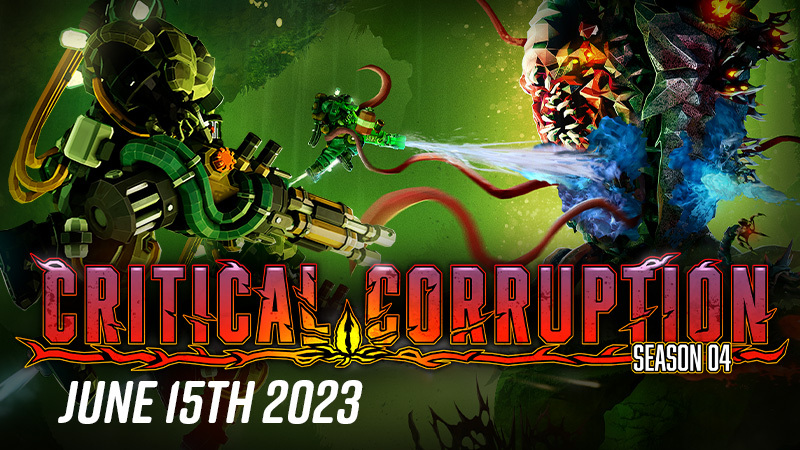

Hey Folks, Technology Mod here. We’re aware of the reports that this post has gathered. I recognize that this is probably fake and that the source is suspect.
While we don’t have any source requirements in the sidebar for this community, in general better sources would be preferred. However, the post has generated enough discussion that I hesitate to remove it. Unfortunately, Lemmy doesn’t provide many tools for us to deal with situations like this, such as pinning comments, editing titles, or adding flair. For now, I’ll be leaving the post up, but I’ll continue to watch the discussion to see if other actions might need to be taken.
Thanks for your patience, folks.




















I think pinned comments were added in a recent update, but in that case Beehaw hasn’t updated for various reasons that have been explained elsewhere.
I’m not sure about the flairs. It would be a very helpful moderation tool in a toolbox that is quite limited at the moment.